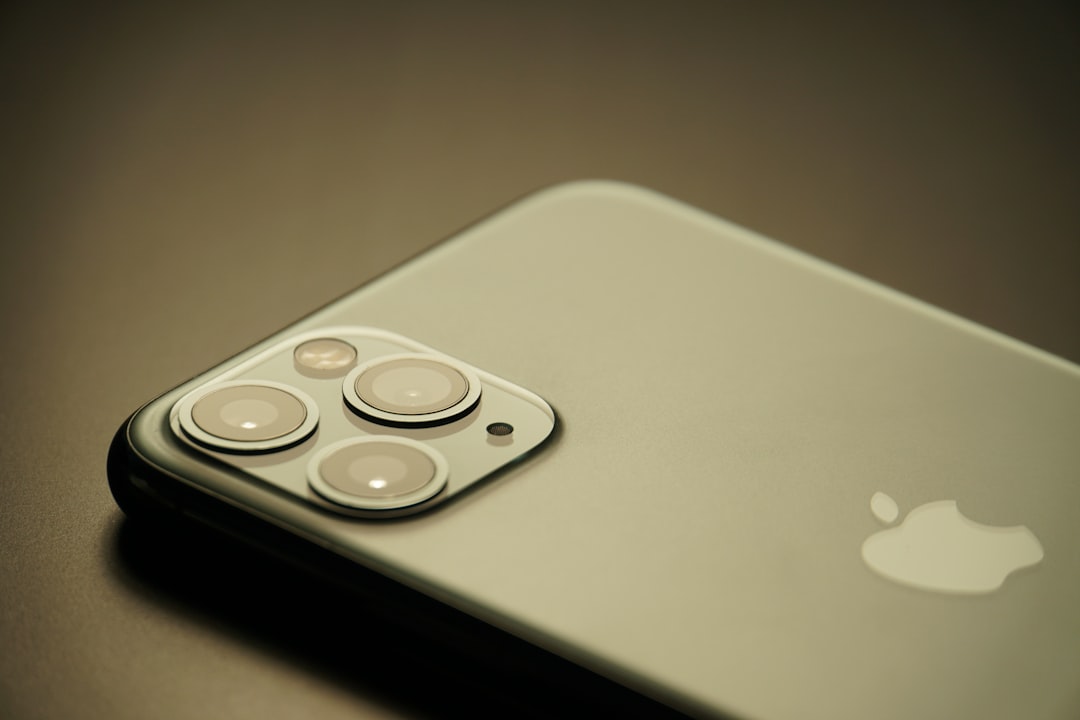The iPhone SE (2024) introduces exciting upgrades while retaining much of Apple’s minimalist design philosophy. With a more powerful chipset, improved battery life, and refined camera hardware, it’s quickly become a favorite among users who prefer compact yet capable devices. However, with these changes, an important question arises for both new buyers and upgraders—does the 2024 iPhone SE support the same cases as its predecessors? Understanding case compatibility is crucial not only for style and protection but also for functionality.
Understanding the Design Evolution
To evaluate case compatibility, it’s essential to understand how the 2024 model compares to previous iterations such as the 2022 SE and even older SE models. Here’s how the dimensions line up:
- iPhone SE (2020 & 2022): 138.4 x 67.3 x 7.3 mm
- iPhone SE (2024): 140.1 x 68.5 x 7.6 mm
While the size differences may appear subtle—just a few millimeters—they are significant when it comes to case fitting. Even a minor change in thickness or button placement can render older cases incompatible.

Button and Port Alignment
One of the areas where Apple has introduced the most noticeable differences is in button placement. In the 2024 iPhone SE:
- The volume buttons have been slightly repositioned.
- The Side button (commonly called the Power button) sits a fraction lower than in the 2022 version.
- Apple has retained the Lightning port, maintaining compatibility with older charging cables, but the speaker grille has shifted slightly.
As a result, older cases designed for the SE 2022 model might block essential inputs or partially cover important hardware elements. While some flexible silicone or TPU cases may stretch to accommodate the new dimensions, hard shell and precisely molded cases will likely not fit properly.
Camera Cutout Considerations
Another important factor in case compatibility is the camera module. The 2024 iPhone SE maintains a single-lens camera system but has increased the size of both the lens and surrounding glass for improved image quality and low-light performance. Consequently, the camera cutout is wider and slightly repositioned.
Using an older case could obstruct the camera or flash, causing shadowing or image distortion during photography. Therefore, despite looking similar at a glance, camera alignment issues may arise if users try to fit a 2022 SE case onto the newer model.

Compatibility With iPhone 8 and iPhone SE 2020 Cases
There’s a common misconception that since the SE lineup looks like the iPhone 8 and 2020 SE in size, their cases are cross-compatible. Unfortunately, the design changes in the 2024 model make iPhone 8 and SE 2020 cases largely incompatible. Here’s why:
- Changes in curvature and tolerance levels.
- Subtle repositioning of the camera housing.
- Updated button layouts requiring precise alignment.
Therefore, even for budget-conscious buyers hoping to reutilize existing accessories, investing in a new case specifically tailored for the 2024 SE is advisable.
Recommendations for 2024-SE-Compatible Cases
If you’re purchasing a case for your new iPhone SE, make sure the manufacturer explicitly states compatibility with the 2024 model. Many brands label their products with model-year distinctions to avoid confusion. Look for these keywords:
- “Made for iPhone SE 2024”
- “Compatible with 3rd-generation SE (2024)”
- “For SE 2024 release only”
Top-tier brands like Spigen, OtterBox, and ESR have already launched early waves of compatible cases. Each offers variations in terms of aesthetics and protection, from clear minimalist shells to rugged dropshield designs.
Conclusion
Although the 2024 iPhone SE remains visually similar to its predecessor, case compatibility is not guaranteed due to incremental but important differences in size, button positioning, and camera design. Using an incompatible case could compromise not just aesthetic appeal but also the functionality and durability of your device.
Consumers are strongly encouraged to purchase new cases explicitly designed for the 2024 SE model to ensure a secure fit and avoid any interference with device functions. Overlooking minor differences today could lead to major frustrations tomorrow.


